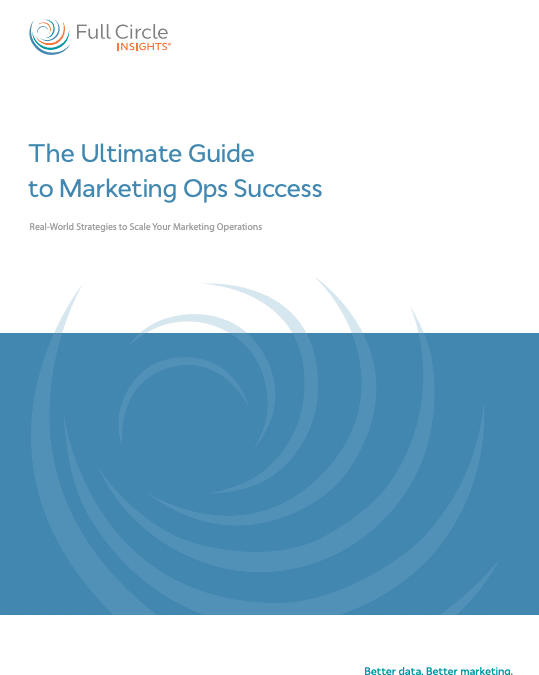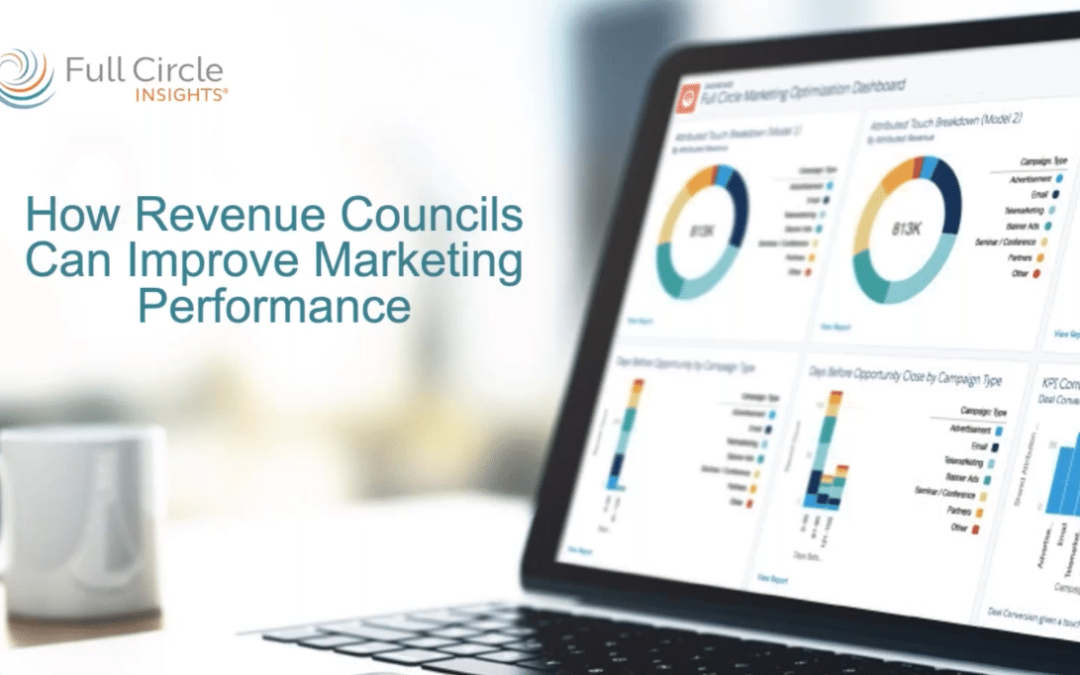
B2B marketers need to be able to figure out which campaign touches drive engagement and, ultimately, conversions and revenue. Attribution models can yield insights that allow marketers to make better spend allocation decisions. Single-touch attribution models like first-touch, last-touch and tipping-point can help marketers better understand lead generation, conversions, and the marketing-to-sales handoff.
Multitouch attribution can also generate important insights on how campaigns impact pipeline and revenue, but it’s critical to avoid mistakes during implantation and to understand the limitations and capabilities of each type of model. Here are five tips that can help you improve your multitouch attribution results.
- Create models that reflect your marketing strategy. It may sound simple, but it’s easy for marketers to get caught up in the different possibilities attribution models offer and miss this basic step. Are you running campaigns to improve the engagement of both new and active leads? If so, consider an even-spread multitouch attribution model that evaluates campaigns across the entire sales cycle. Are you looking to influence prospects later in the sales cycle? Take a look at a time decay attribution model, which gives later touches greater weight.
- Make you understand the business question you’re asking. In addition to aligning the model you choose with the marketing strategy, make sure you understand the business question you’re working to answer. For example, if one campaign strategy is to activate new influencers at top target companies, the business question might be, “What was the lead gen campaign’s impact on pipeline and sales this quarter vs. last quarter?” You’ll need to account for the business question too when setting up reports based on your multi-touch model.
- Apply appropriate reporting parameters. Once you have clarity on the business question you’re asking and choose a model that reflects the marketing strategy, it’s time to apply the right reporting parameters so that your dashboards and reports give you meaningful data. For instance, you might be examining results on a particular date, timeframe, or market segment. Setting the relevant parameters will ensure you get data that is actionable and relevant to the business question you’ve set out to answer with your campaign analysis.
- Combine attribution and funnel metrics to drive efficiency. This holds true for single-touch and multitouch attribution methods: Attribution helps you invest more efficiently, but you’ll also need funnel metrics to drive process efficiency. Also, keep in mind that it’s crucial to use CRM as your data repository because it is the revenue system of record. When you analyze funnel metrics inside the CRM, you can track volume, velocity, and conversion rates and identify any process issues with sales to drive overall efficiency.
- Hold regular meetings with sales and marketing colleagues. Related to the point above, it’s important to make sure everyone is on the same page, and that requires regular meetings with your relevant marketing ops/lead gen colleagues plus the sales/revenue teams that depend on your campaigns to generate business. During meetings, the group should review funnel metrics to identify trends and sticking points, and relevant individuals should take on action items to alleviate bottlenecks as appropriate.
Marketing attribution in general and multitouch attribution specifically will remain key components of B2B campaign measurement because they are essential for efficiency. Without actionable data on campaign performance, marketers can’t invest budget dollars where they produce the best results.
But it’s important to keep in mind that attribution is one-half of the efficiency equation. Funnel metrics matter too. When you can track both inside the CRM, you’ll be able to drive efficiency across the board and in even collaboration with your sales team.

Top 3 MarTech Predictions for 2022
There’s no question that marketing technology has completely transformed the way B2B marketers do their jobs, but martech keeps evolving. Sometimes it changes in response to new technical capabilities or to accommodate marketing trends. Other times, external...

Scaling Marketing Operations in Real-World
As marketing operations professionals are increasingly playing a pivotal role in the success of B2B marketing it’s important to understand how MOPS can be successful in this increasingly complex role. So, what are the secrets to marketing operations success? In...

Boost Marketing with Revenue Councils
Many of us know that sales and marketing alignment can lead to increased revenue, improved customer retention, increased renewals, and better win rates. Yet, many of us struggle with aligning our teams because we don't know how to talk to one another in a consistent...

Creating a Winning Marketing Attribution Model
B2B marketers need to know how campaigns are performing in real-time or at close to real-time. If you’re dealing with budgetary constraints (and who isn’t?), you have to make strategic decisions based on accurate data or you’ll lose efficiency, and you probably...

Apptio Case Study
Apptio gains confidence in marketing data and forecast accuracy with Full Circle Insights.

3 Secrets To Marketing Operations Success
Your ability to “defend the spend” is the key to job advancement in a B2B marketing organization. But do you ever get tired of playing defense? Isn’t it better to be on offense — to not only justify the budget dollars you receive by highlighting the ROI you...

TripActions Case Study
TripActions Dramatically Improves Conversion Rates with Full Circle Insights The Challenge: The marketing team desired a comprehensive view of funnel performance, so they could confidently attribute revenue to better optimize processes and investments. TripActions...

Empower Spend Defense with Integrated Tools
SAN MATEO, Calif., Oct. 5, 2021 /PRNewswire/ -- A year ago, the marketing operations team at Integrate, the leader in Precision Demand Marketing (PDM), implemented a comprehensive sales and marketing performance measurement solution from Full Circle Insights®, Inc....

Why Marketing Is Here to Stay
As we move further into the second year of the coronavirus pandemic, the economic repercussions have sparked rumors of a fundamental reset in business roles, including the role marketing plays in driving business. In recent years, high-profile companies have...

Demand Waterfall: What To Measure & Why
The Demand Waterfall® measures, monitors, and manages revenue from target to close for a B2B organization. While the Demand Unit Waterfall measures revenue with a buying- group-centric approach, the rearchitected Demand Waterfall does so with a lead-centric approach....



